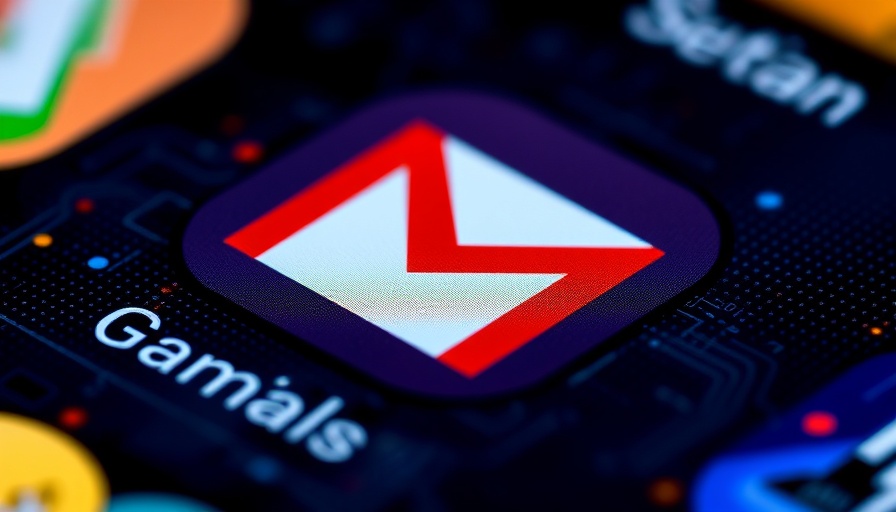
Streamlining Your Digital Experience with Gmail's New Tool
In an era where digital communication overwhelms our daily lives, Google has introduced a revolutionary tool within Gmail aimed at decluttering inboxes: the "Manage subscriptions" feature. This innovative addition is designed to assist users, especially professionals in high-paced environments such as healthcare, in effectively managing their multitude of subscription emails.
What the 'Manage Subscriptions' Tool Offers
With the new feature, users can effortlessly see all their active subscriptions organized by frequency of email receipt. Many healthcare IT professionals, for instance, receive numerous updates from vendors and newsletters. Now, with the ability to quickly unsubscribe from excess emails, users can keep their inbox focused on essential communications. Chris Doan, Gmail’s Director of Product, emphasized that managing these ailing subscriptions can significantly alleviate digital clutter.
Why This Matters for Healthcare Professionals
Healthcare providers and administrators are often bombarded with newsletters, promotional material, and updates from suppliers that may no longer be relevant. This tool simplifies the task of refining your communications to focus on critical information directly associated with patient care, regulatory updates, or medical tech innovations. By minimizing distractions from non-essential subscription emails, healthcare professionals can allocate more time to patient care and organizational responsibilities.
Accessing and Utilizing the Feature
The rollout for this feature began on July 8, 2025, available to a wide range of users including Google Workspace customers. To access the tool, users can click the navigation bar located at the top-left corner of their Gmail inbox and select "Manage subscriptions." Following these simple steps will guide users through the management process, reinforcing Gmail's commitment to enhancing user productivity.
Future Implications for Email Management
As we adapt and evolve in a digital-first world, tools like Gmail's "Manage subscriptions" pave the way for future innovations in email communication and management practices. They underscore a growing necessity for effective digital organization, which in turn can enhance professional efficiency across various sectors, particularly in critical areas like healthcare.
By staying informed about such innovative tools, healthcare professionals can better navigate their communications landscape. So, explore the new feature and transform your email management today.
 Add Row
Add Row  Add
Add 




Write A Comment